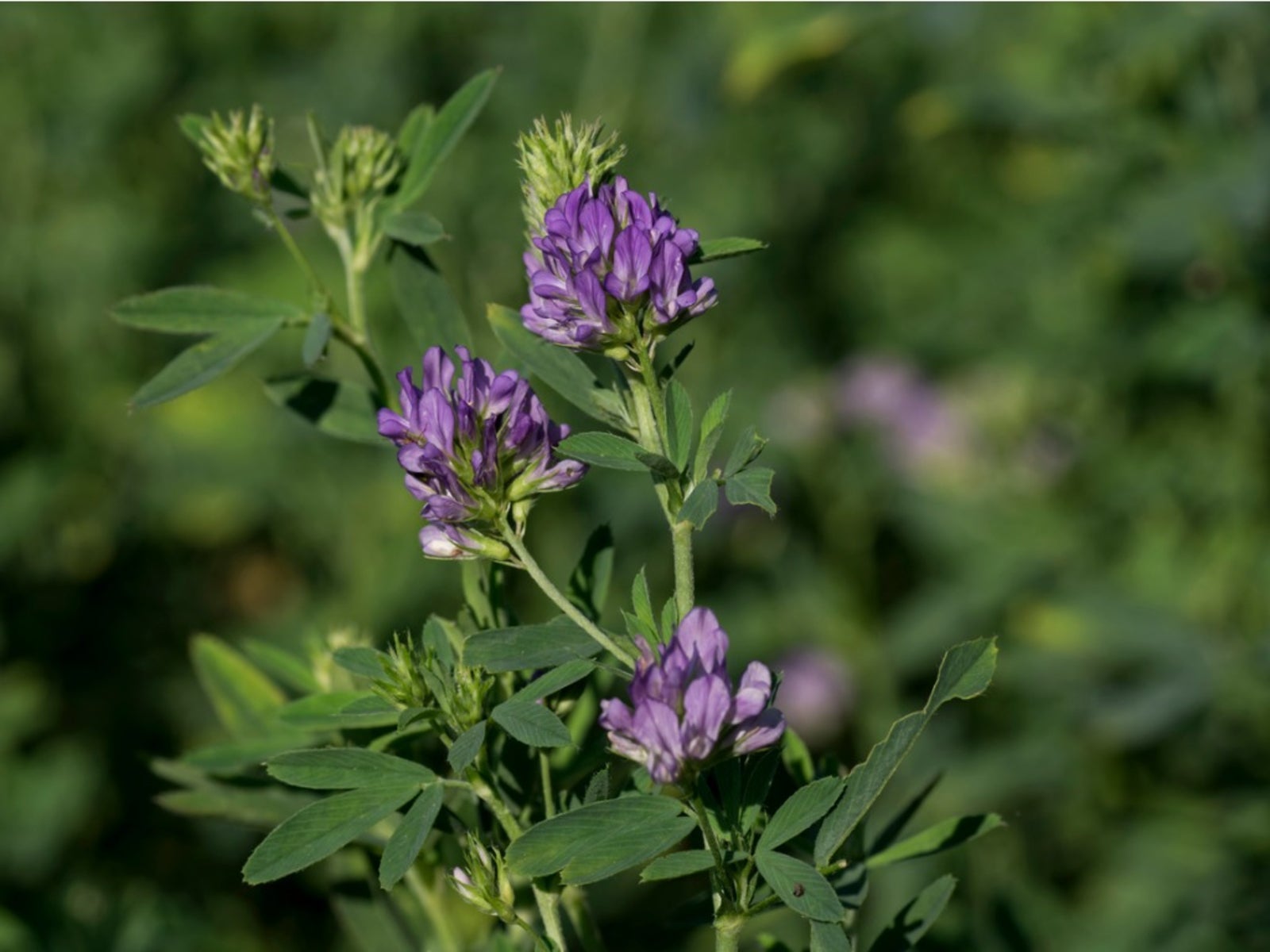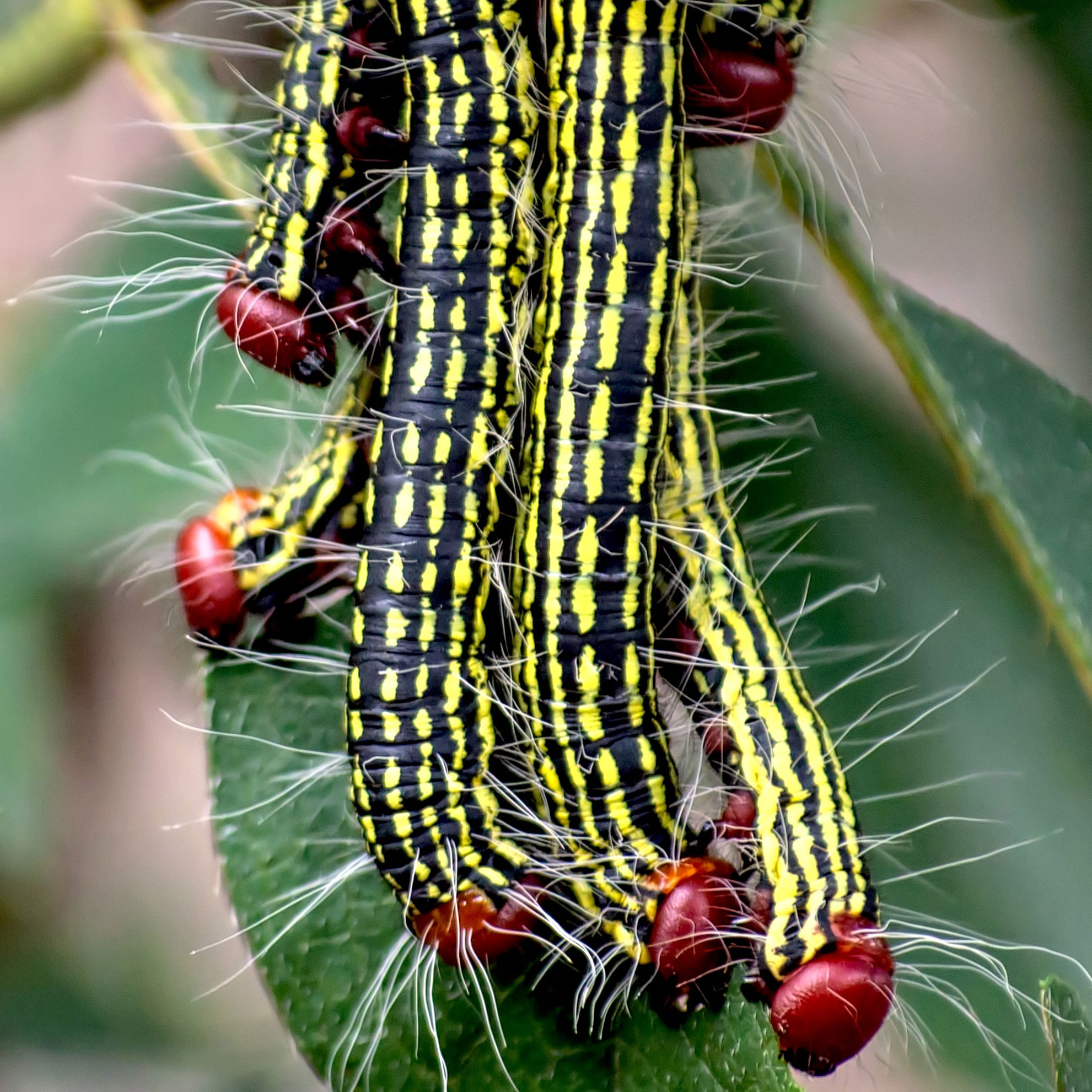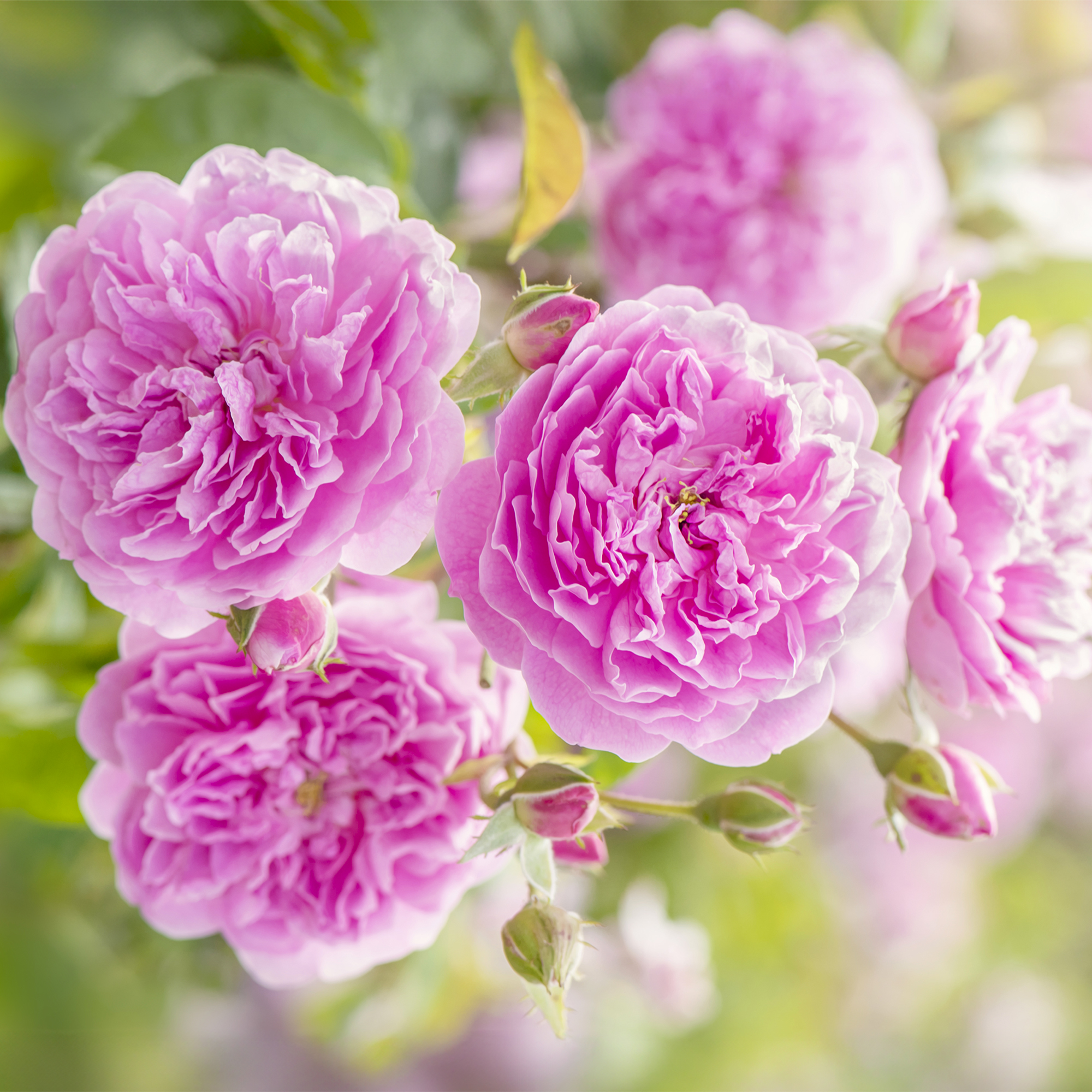Growing Alfalfa - How To Plant Alfalfa


Alfalfa is a cool-season perennial commonly grown for feeding livestock or as a cover crop and soil conditioner. Alfalfa is highly nutritious and a natural source of nitrogen. It's ideal for improving the soil and providing erosion control. Alfalfa's extensive root system nourishes both plants and soil. The alfalfa plant has been cultivated for generations and growing alfalfa in your garden is easy. Keep reading to learn more about how to grow alfalfa.
How to Grow Alfalfa Plant
Easily grown and propagated, alfalfa adapts well to nearly any garden, tolerating a wide range of growing conditions. It makes a good drought-resistant plant too, as it doesn't like wet feet. In fact, too much moisture can lead to mold growth. When growing alfalfa, choose an area with plenty of full sun. Also look for a well-draining area with a soil pH level between 6.8 and 7.5. Prior to planting you should clean the area, work the soil, and remove any debris. Pure alfalfa seed can be purchased from most feed supply stores.
How to Plant Alfalfa
Those living in cooler climates can plant alfalfa in spring while milder regions should opt for fall planting. Since alfalfa roots quickly, it doesn't require deep planting—only about a half inch (1 cm.) deep. Merely sprinkle the seeds evenly onto the soil and cover lightly with dirt. Use about ¼ pound of seeds per 25 square feet and space rows about 18 to 24 inches (46-61 cm.). You should begin to see sprouts within seven to ten days.
Once seedlings have reached about 6 to 12 inches (15-31 cm.), thin them as needed to avoid overcrowding issues. Unless growing alfalfa as hay for livestock, allow it to grow until crops are ready to be planted or its purple blooms appear, at which time you can simply mow it down and till it into the soil or leave it. The alfalfa shoots will breakdown. This ‘green manure' will then fertilize the soil as well as stimulate microbial activity, thus aerating it too.
Harvesting Alfalfa Plant
If planting alfalfa for livestock, it will need to be harvested and cured prior to flowering (known as early-bloom stage). It becomes more difficult for these animals to digest once the plant matures. Harvesting in this early-bloom stage also ensures the most optimal nutrient percentages, which is often found in the plant's leaves. Do not cut alfalfa if rain is imminent, as this can damage the crop.
Rainy weather can lead to issues with mold. Quality alfalfa hay should possess good green color and leafiness as well as a pleasant aroma and thin, pliable stems. Once harvested, the ground will need to be turned before next season's planting takes place. Alfalfa has few pest problems, however, the alfalfa weevil can cause serious damage. In addition, the stem nematode can infest and weaken stem buds.
Gardening tips, videos, info and more delivered right to your inbox!
Sign up for the Gardening Know How newsletter today and receive a free copy of our e-book "How to Grow Delicious Tomatoes".

Nikki Tilley has been gardening for nearly three decades. The former Senior Editor and Archivist of Gardening Know How, Nikki has also authored six gardening books.
-
 What’s Wrong With Your Azaleas? Identify, Tackle And Prevent 6 Common Azalea Pests
What’s Wrong With Your Azaleas? Identify, Tackle And Prevent 6 Common Azalea PestsIf you’ve spotted signs of azalea leaf damage, don’t panic – here’s how to identify the most common azalea pests so you can take action swiftly and keep plants healthy
-
 How Much Sun Do Roses Need To Grow? Understanding Rose Light Requirements
How Much Sun Do Roses Need To Grow? Understanding Rose Light RequirementsDiscover how much sunlight your roses really need to grow strong, bloom beautifully, and stay healthy all season long.
